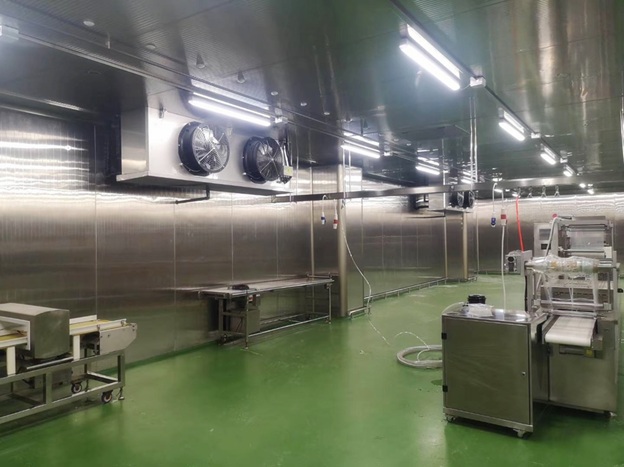Storing fish correctly is critical for maintaining its quality, safety, and freshness.
The cold room, an essential part of the fish storage process, must be carefully managed to ensure the best conditions for fish preservation. Proper temperature control, hygiene practices, and handling procedures are paramount in ensuring that fish remains safe to consume and retains its desired flavor and texture.
This article outlines best practices for storing fish in cold rooms, focusing on temperature control and hygiene tips.
Temperature Control: The Key to Freshness
Fish is highly perishable and susceptible to spoilage if stored at the wrong temperature. The ideal storage temperature for fresh fish is between 0°C and 2°C (32°F to 36°F). This range prevents bacterial growth and ensures that the fish remains in top quality for a longer period. Storing fish at temperatures above 4°C (39°F) accelerates bacterial activity, causing fish to deteriorate rapidly.
Key Tips for Temperature Control:
- Regular Monitoring: Use accurate, calibrated thermometers to monitor the cold room temperature regularly. Automatic temperature logging systems can be helpful, ensuring continuous monitoring and reducing human error.
- Cold Chain Maintenance: The fish’s journey from the supplier to the storage facility should involve maintaining a consistent cold chain. Ensure that the fish is kept at the correct temperature throughout transportation to avoid any temperature fluctuations.
- Uniform Distribution: Fish should be stored in such a way that air circulates freely around each product. This prevents temperature “hot spots” that can result in uneven cooling, which might lead to spoilage.
- Avoid Overcrowding: Don’t overload the cold room. Overcrowding can block air circulation and lead to uneven cooling, which increases the risk of bacteria growth. Ensure that fish are stored in layers or bins with sufficient spacing for air movement.
Hygiene Tips: Keeping the Cold Room Clean

A clean environment is essential for maintaining the quality and safety of stored fish. Fish is prone to contamination from both external sources (handling, equipment) and internal factors (spoilage bacteria). To prevent contamination, maintaining excellent hygiene practices in the fish cold room is non-negotiable.
Key Hygiene Practices for Cold Room Storage:
- Regular Cleaning: Clean the cold room thoroughly on a routine basis, including walls, floors, and shelves. Remove any debris, spills, or residues that could harbor bacteria. Use food-safe cleaning agents that won’t contaminate the fish.
- Proper Handling: Employees should handle fish using clean, sanitized tools. Gloves should be worn at all times, and fish should be placed on clean trays or containers to avoid cross-contamination. Always use separate tools for raw fish and any other food items.
- Sanitization of Equipment: Regularly clean and sanitize equipment used for handling and storing fish, including scales, trays, and trolleys. Pay particular attention to refrigeration units and cooling fans, ensuring they remain free of dirt and grime.
- Separate Storage: If storing different types of fish or seafood, keep them in separate areas or containers to prevent cross-contamination. Different species may have varying shelf lives, and keeping them apart helps reduce spoilage risks.
- Odor Control: Fish can emit strong odors, which can affect both the quality of the fish and the surrounding environment. Ensure the cold room has a good ventilation system to control odors. If necessary, use odor-absorbing materials like activated charcoal or air purifiers.
Additional Tips for Optimal Fish Storage
- Packaging: For longer storage periods, fish should be properly packaged. Use vacuum sealing or ice-packed containers to minimize exposure to air, which helps preserve freshness and texture.
- Rotation System: Implement a “first in, first out” (FIFO) system to ensure that older stock is used first. This helps prevent waste and ensures that fish is consumed while it’s still fresh.
- Inspections: Frequently check stored fish for signs of spoilage, such as discoloration, unpleasant odors, or sliminess. Immediately discard any affected items to prevent contamination of the remaining stock.




